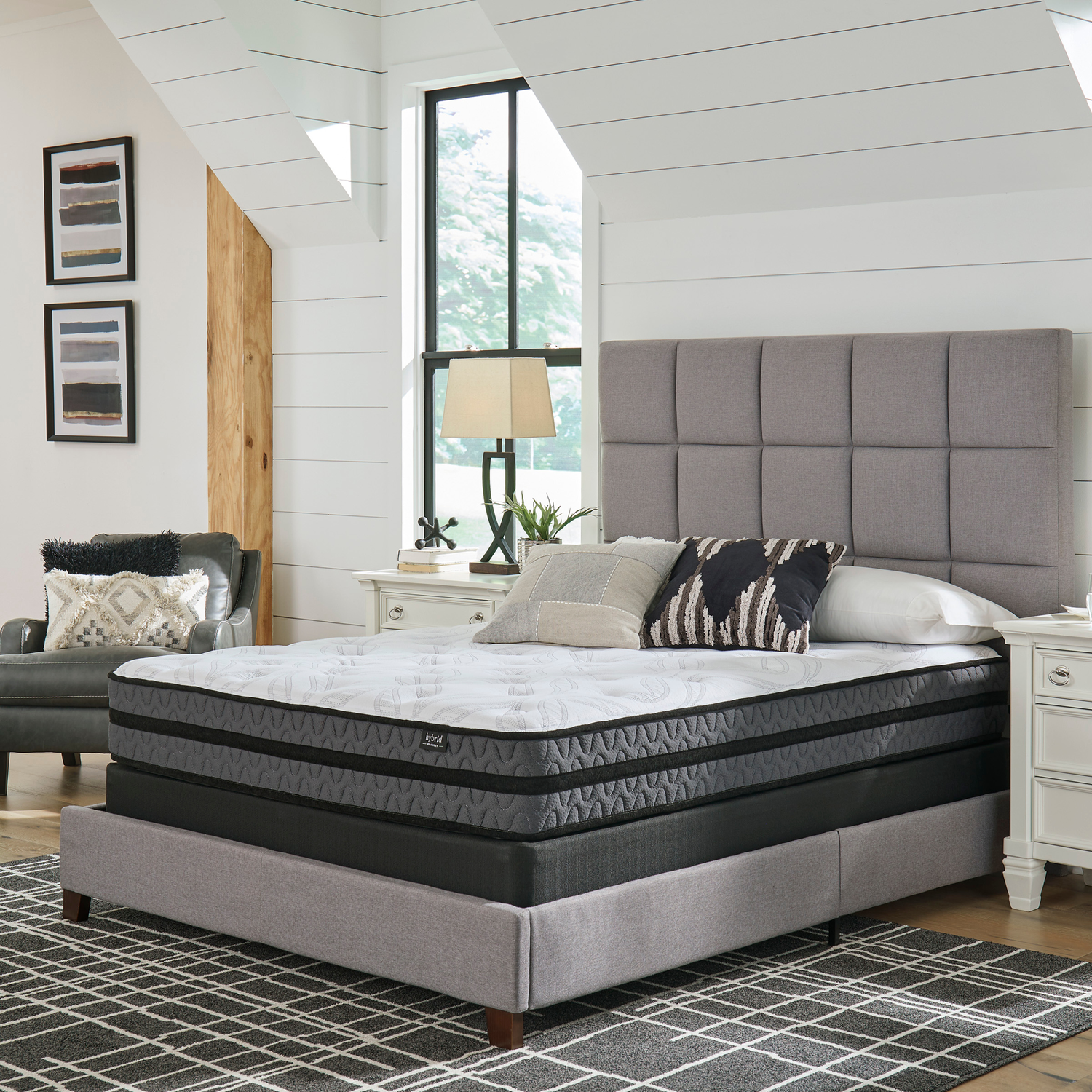All Categories
Featured

When making a home, the design of furniture you select plays a considerable duty in setting the general tone and atmosphere of a room. Two famous designs that homeowners typically discuss between are typical and contemporary. While both styles have their one-of-a-kind allure, they differ significantly in terms of style, products, and performance. Recognizing the distinctions between these two designs will certainly aid you choose the ideal pieces for your home, whether you're revamping a room or furnishing a whole residence.
- Design and Structure. Contemporary Furniture: Contemporary furnishings is defined by sleek, minimal layouts that stress simpleness and tidy lines. This design incorporates modern trends and is frequently progressing, enabling it to adjust to new styles and influences. The styles typically include geometric shapes, sharp angles, and smooth surfaces, with an emphasis on capability. Contemporary furnishings tends to be airy and light, favoring open rooms, and typically prevents extreme decoration. Pieces in this style have a refined, understated sophistication that fits well in modern-day homes.
Traditional Furnishings: Conventional furnishings, by contrast, draws motivation from historical designs such as Colonial, Victorian, or French Provincial. Unlike the sleekness of modern items, standard furniture celebrates craftsmanship, often showcasing beautifully detailed woodwork and elegant upholstery.
- Products and Finishes. Contemporary Furniture: Contemporary furniture is made utilizing a variety of products, including steels, glass, acrylic, and timber. The products made use of are frequently lighter and much less intricate than those located in standard furniture, yet they are developed to highlight clean lines and open rooms.
Typical Furnishings: Standard furnishings is recognized for its usage of high-grade, strong products, especially hardwoods like oak, mahogany, cherry, and walnut. The building and construction of typical furniture items is frequently more robust and hefty, constructed to last for generations.
- Shade Palette. Contemporary Furnishings: The shade combination in contemporary furniture is normally more controlled and neutral. While these neutral tones are the main foundation, modern furniture frequently includes vibrant accent shades to bring in personality and vibrancy.
Typical Furnishings: Typical furnishings, on the other hand, features richer, much deeper colors. Traditional furniture likewise often tends to include extra complex patterns and textures, such as flower motifs, damask, and red stripes.
- Convenience and Practicality. Contemporary Furniture: Convenience and performance are vital components of contemporary furniture. Lots of modern furnishings designs are modular, enabling for flexibility and adaptability in different room sizes and formats.
Conventional Furnishings: While convenience is absolutely a factor to consider in standard furniture, it takes a backseat to the elegance and charm of the style. Traditional furnishings is commonly much more considerable and may show up larger, with deep pillows and luxurious upholstery. The focus in conventional layouts gets on providing a comfy, relaxing environment, but performance is usually not as focused on as in contemporary designs. Traditional furniture might likewise include elaborate information such as tufted furniture, scrollwork, and hand-carved legs, which enhance the aesthetic allure however may not always provide the same degree of usefulness as modern designs.

- Integration with Various Other Designs. Contemporary Furniture: One of the benefits of contemporary furniture is its convenience. Contemporary furniture functions well in open-plan rooms, city homes, and homes with minimal decoration.
Conventional Furnishings: Traditional furnishings is more suited to homes that welcome a timeless, timeless design. It thrives in official setups and is best matched for spaces that have an extra well-known, classic feeling. While it can be coupled with modern or modern pieces to create an eclectic aesthetic, standard furnishings commonly stands out on its own. The rich details and glamorous products utilized in typical furnishings need focus, and it's best incorporated into areas that enable it to shine. Conventional furnishings is perfect for producing a feeling of background and magnificence in an area.
- Durability and Eternity. Contemporary Furniture: Contemporary furniture often tends to advance with the moments, reflecting current design fads and tastes. While the modern appeal of these pieces can last for lots of years, they may not have the exact same long lasting power as standard furnishings. As trends change, modern furniture might become outdated, however this can likewise be an advantage for those who enjoy upgrading their home often to maintain up with style shifts.
Conventional Furnishings: Traditional furnishings, nonetheless, has an ageless high quality that enables it to preserve its beauty for generations. Because of its classic design and high-quality products, traditional furnishings often ends up being a long-term investment. It can withstand for years, also centuries, without shedding its value or charm. This makes standard furnishings an exceptional selection for home owners seeking items that can stand the test of time and be given with the household.
Verdict. Ultimately, the decision in between modern and standard furniture designs depends on your individual preferences and the environment you desire to create in your home. In comparison, traditional furniture provides ageless elegance and complex workmanship, perfect for creating a luxurious, classic ambiance.
Latest Posts
Uncover Auto Services & More: Complete Auto Care Solutions from Montclare Auto Repair
Published May 26, 25
1 min read
Check Out the Premier Auto Repair Offers in Montclare, Chicago
Published May 24, 25
1 min read
Boost Your Property with Expenses Door Systems
Published May 23, 25
1 min read